Ready to learn the basics of what to do when an ex reaches out to you after a no contact rule?
Awesome!
This post contains the four biggest pieces of advice I can give you about exes reaching out in relation to no contact.
We’re going to cover,
- If it’s normal to have an ex reach out to you
- Why my recommendation is going to fly in the face of conventional wisdom (even though conventional wisdom is wrong)
- What the best strategies to employ are if your ex reaches out to you after no contact
- My trick for interpreting their motives
Let us begin!

What Are Your Chances of Getting Your Ex Boyfriend Back?
Take the quizIs It Normal To Have An Ex Reach Out To You?
I feel like the best place to start is by winding the clock back and examining what the statistics—or at least our internal statistics—reveal about the likelihood of an ex reaching out during a no-contact rule.
This can be answered by looking at how frequently an ex reaches out during the no-contact rule and from there we can “kind of” reverse engineer an exes mentality and apply it to what they’ll be likely to do AFTER the no contact rule.
Most people I meet, those with a basic understanding of the no-contact rule, at least, tend to assume that because this rule employs a triad of psychological principles,
- Information gap theory
- Reactance
- And a touch of the Zeigarnik effect
It is more likely to provoke an ex into reaching out.
(Refer to the graphic below if you don’t have any idea what I’m talking about)
However, when I polled our audience a couple of years ago, asking,
‘For those of you who have implemented a no-contact rule with your ex, how many of your exes have reached out to you during this period?’
Over 62% of respondents disclosed that their ex did not reach out to them during the no-contact rule.
This outcome aligns with our understanding from our research on attachment styles.
The typical ex that we’re trying to win back in our coaching practice tends to exhibit an avoidant attachment style.
It’s not characteristic of a person with a strong avoidant attachment style—one who greatly values their independence—to reach out at all.
Therefore you are often left with a decision.
Do you wait around twiddling your thumbs on the hope that they’ll reach out to you?
Or
Do you take action?
In my experience, most clients wait around.
And that’s why what I’m about to say is going to be incredibly controversial.

What Are Your Chances of Getting Your Ex Boyfriend Back?
Take the quizEverything You’ve Been Taught About How Men Are Supposed To Reach Out First Is Wrong
So, here’s where we are at so far.
We understand that it’s possible for an ex to reach out after a no-contact rule, but it’s uncommon.
This is why I typically instruct my clients to initiate the conversation themselves.
For years my mantra was:
“What matters isn’t who starts the conversation, but who ends it.”
But the truth is there’s a flaw with that line of thinking.
If you start a conversation with your ex and it goes poorly, it doesn’t really matter who ends it.
The quality of the conversation is a crucial factor to consider.
So, it’s not as simple as deciding who starts or ends the conversation. While I do argue that it’s important to be the one to end the conversation, the quality of the conversation is equally significant.
The combination of these two factors makes the biggest difference, and research supports this.
I recently came across a fascinating article by Teresa L. DiDonato, PhD, in Psychology Today.
She was examining a study from OkCupid, which found that men send first messages more frequently than women.
However, women who initiate contact tend to be successful in starting conversations. D’Odonto argues that this is partly because men are more likely to respond to any first message, making them about two and a half times more likely to respond than women. Moreover, women who reach out to men who might seem out of their league are more likely to receive a response than men who do the same. Therefore, in online dating contexts, women are in a favorable position to attract a highly desirable partner by initiating contact.
Statistically, it’s in your interest to reach out to your ex first if you’re hoping to rekindle the relationship.
But let’s circle back to the original question. We know that it’s not typical for an ex to reach out; it’s uncommon. Most likely, you’ll need to be the one to reach out to your ex first.
What matters isn’t who starts the conversation. It’s how good the conversation ends up being and who ends it.
Those two factors are essential.
If They Do Reach Out To You After No Contact Here Are The Best Strategies To Employ
The first thing I want to delve into is the concept of distinguishing between a ‘value ladder’ approach and a ‘value chain’ approach.
Yes, these are two different strategies
This distinction often confuses many of our members.
So, what are they?
Well, let’s tackle the value ladder first.
Understanding The Value Ladder
It’s best to understand the value ladder as the mediums through which conversations should progress.
There’s a psychological basis for why we selected this value ladder model.
We adopted it using the 7/38/55 rule, which I learned from a book called “Never Split the Difference” which was written by a hostage negotiator, Chris Voss.

What Are Your Chances of Getting Your Ex Boyfriend Back?
Take the quizIn it he discusses the importance of the 7/38/55 rule, which was originally conceived by Albert Mehrabian.
The theory suggests that all communication can be broken down into three distinct percentages:
- 7% of meaning is conveyed through words
- 38% through tone of voice
- 55% through body language
And if you look very closely you’ll see that is how the value ladder is structured.
It’s designed to gradually build value with your ex by employing conversation mediums aligned with the 7/38/55 rule.
If you look at the diagram above, you’ll see that the value ladder starts with building value through texting.
This is where you engage the first 7% and slowly build value.
Once enough value is built in the texting phase, you transition to the phone call phase, which taps into the 38% of communication conveyed by voice. Here, you continue to build value.
Once sufficient value is achieved, you advance to the dating phase, where the final 55% comes into play. This phase incorporates body language, voice, and understanding of your words.
But this next part is where people tend to get confused.
Understanding The Value Chain
The value ladder is a framework to show you an overall game plan. The value chain is a framework to show you how to build value.
- Value Ladder: Mediums In Which Conversations Unfold
- Value Chain: Types of Conversations To Have
Just like the value ladder focuses on building value and progressing to a higher level, the value chain operates similarly.
But it’s primarily focused on how you build value and meaning.
This is accomplished through different types of conversations,
- Small talk
- Stories
- Sharing opinions
- Exploring new topics (virgin ground)
- Expressing feelings.
The winning approach to talking to an ex after no contact is to view the value chain as its own value ladder, which, admittedly is where a lot of our clients get confused.
- Start with small talk, discussing topics that would be socially acceptable to discuss with a stranger. Once enough value has been built through small talk, progress to sharing stories.
- Stories are an excellent way to build rapport as they increase back-and-forth interactions and establish familiarity on a friendly level. If you’re strategic about the story you tell, you can evoke desirable responses.
- Only after engaging in small talk and sharing stories should you move to sharing opinions, which is typically reserved for someone you’re close to, at least in the context of ex recovery. These can be significant, potentially sensitive topics like religious beliefs, politics, or any strong stance you’re taking on an issue.
- Once you’ve navigated small talk, shared stories, and expressed opinions, you can start exploring virgin ground.
- This step is arguably the most challenging to achieve in the value chain because it involves finding a topic to discuss with your partner that they’ve never discussed with anyone else. It’s the ultimate sign of trust.
- Often, you have to be the one to extend the olive branch first, saying something like, ‘I’ve never told anyone this before, but…’ and hope they respond positively.
- After you’ve successfully navigated through small talk, stories, opinions, and virgin ground, you can risk expressing feelings, like saying ‘I love you’ or ‘I miss you.’ It’s crucial not to rush this step.
It can be difficult because advancing up the value chain typically coincides with your progression up the value ladder.
Usually, you can’t reach the point of exploring virgin ground or sharing feelings until you are at least speaking with them over the phone or preferably, in person.
Understanding how the value ladder and value chain are designed to work is crucial to making the most out of your ex reaching out to you.
Make Sure You A Properly Employing The Zeigarnik Effect
This goes back to my earlier point about the importance of not just who starts the conversation, but who ends it.
The Zeigarnik Effect is a psychological phenomenon named after psychologist Bluma Zeigarnik.

What Are Your Chances of Getting Your Ex Boyfriend Back?
Take the quizShe discovered that people remember interrupted or incomplete tasks better than completed ones.
It’s essentially the cliffhanger effect – you’re more likely to watch the next episode of a Netflix show if it ends on an exciting cliffhanger as opposed to a more mundane conclusion. Anything that creates an ‘open loop’ that needs to be closed will more likely occupy your thoughts. Conversations work the same way.
I’ve often talked about the flow of conversations on our website.
Sometimes they’re stagnant and never get off the ground.
Sometimes they follow an inverted V pattern, starting slowly, reaching a high point, and then quickly declining.
In my opinion, it’s essential to be tuned into the feel of a conversation. This involves trusting your instincts and observing the emotional trajectory of the dialogue.
What you’re looking for is the conversation’s high point because you want to end on a cliffhanger, leaving your ex thinking about you and more likely to initiate another conversation.
The key to successfully doing this is identifying the high point and ending the conversation there.
I’ve discussed this concept extensively on our website.
However, I haven’t often addressed how it works in conjunction with the value ladder and value chain concept. As I mentioned, the value chain teaches you how to create value.
To find the high point of a conversation, you must first have provided value of some sort.
So, there’s always synergy between these ground rules.
Yes, you need to be working within the value ladder framework, but to create value, you must also understand the value chain. Once you’ve grasped the value chain concept, you also need to know how to end conversations.
Generally, I advise my clients that the moment when you most want to continue the conversation because you’re enjoying it so much is likely the high point, and therefore the best time to end the conversation.
It’s easier to say than to put into practice, but it’s a strategy worth mastering.
Maintain A 1:1 Text Ratio
We can delve into the minutiae of text messaging, such as word count and messaging style, but at a bird’s-eye view, the key in my opinion is maintaining a balanced 50-50 split in your text exchanges.
Most of you will spend more time texting your ex than speaking on the phone or meeting in person.
This is simply because the act of texting continues on even during the phone call and dating phases.
It’s critical to maintain a one-to-one text ratio during all these stages.
By this, I mean that for every text your ex sends, you should respond with one text – not three, just one.
This creates a balance where you dominate 50% of the conversation and your ex dominates the other 50%.
If you dominate 70% of the conversation and your ex only 30%, they might perceive you as being more eager, which isn’t the impression you want to give, especially if your ex has an avoidant attachment style.
People with this style usually don’t reconcile until they believe that you’re no longer pursuing them.
Ideally, you want the split to be in their favor, where you contribute to 30% of the conversation and your ex contributes 70%.
How To Interpret Your Exes Motives
This is the million-dollar question, as many people struggle to discern if their ex is being authentic when reaching out to them after the no-contact period.
It can be challenging to determine whether things are truly going well and if their ex genuinely means what they say.
The best advice I can offer might not be the most popular, but it is grounded in wisdom.
I’ll quote the renowned psychologist Carl Jung who once said, ‘If you cannot understand why someone did something, look at the consequences and infer the motivation.’
In simpler terms, if you’re uncertain about your ex’s motives, examine their actions and assess if these align with their words.
I often discuss the ‘words versus actions’ theory, which essentially serves as a truth-telling test. If your ex says something—great, but take it with a grain of salt until their actions corroborate it.
It’s their actions that truly reveal their motivations.
For instance, if your ex says ‘I love you,’ and their actions are consistent with someone in love, then you can consider their feelings authentic.
However, if they say ‘I love you,’ but their actions reflect indifference or apathy, then that is the reality of their feelings.
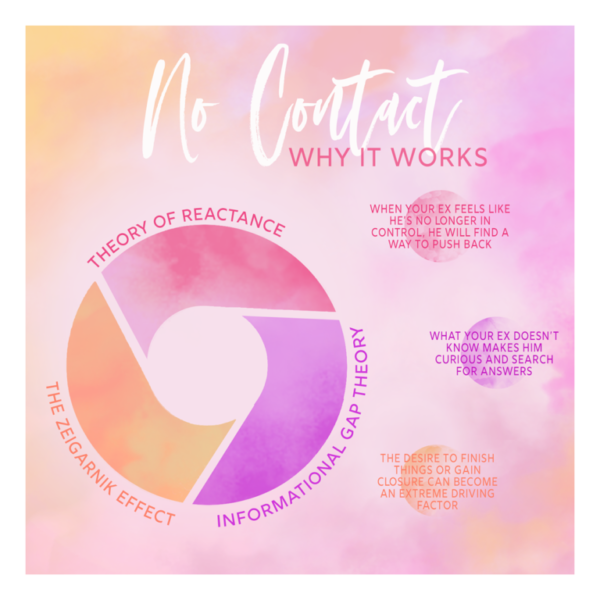
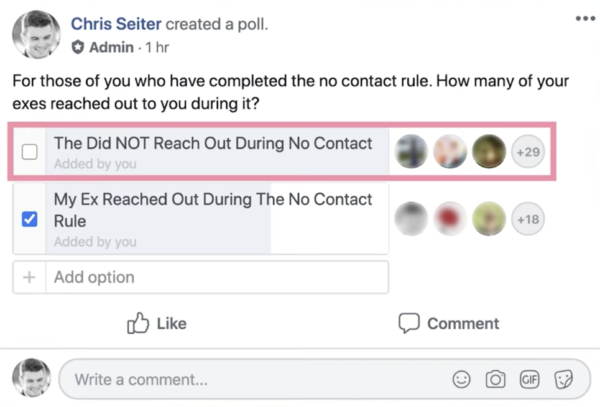
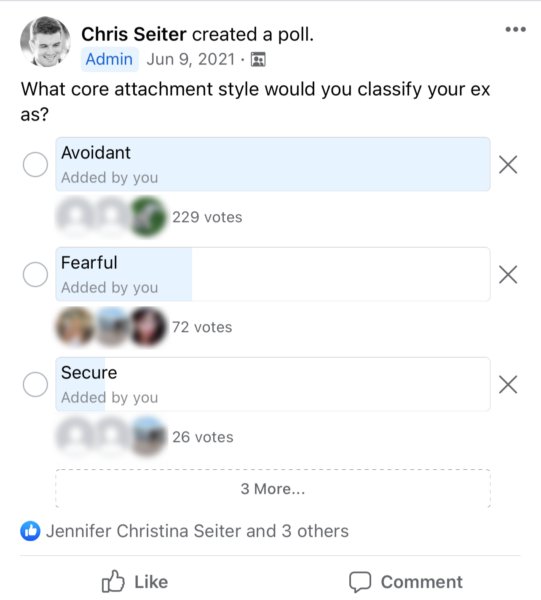
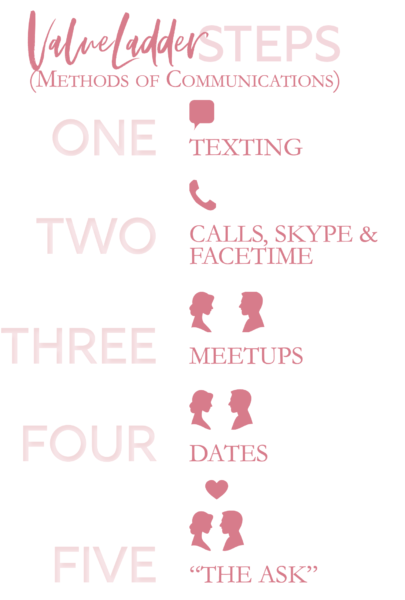
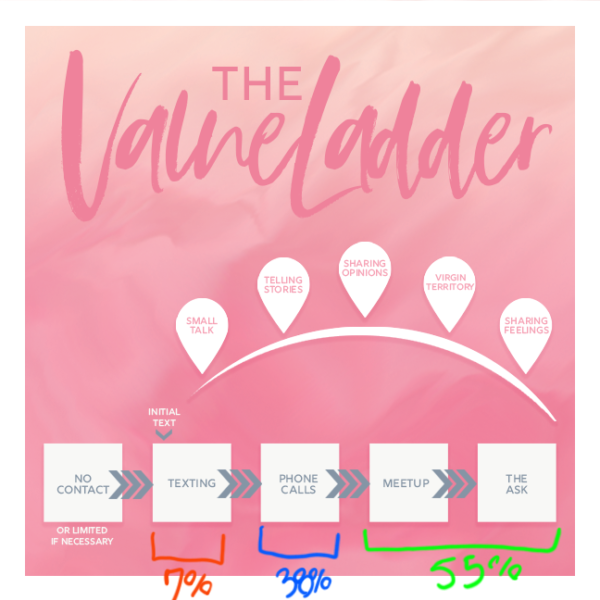
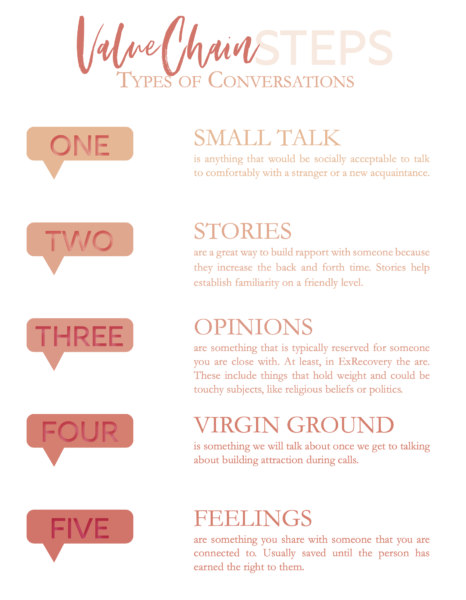
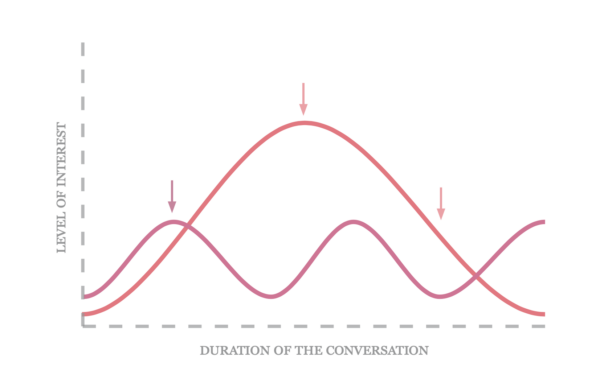
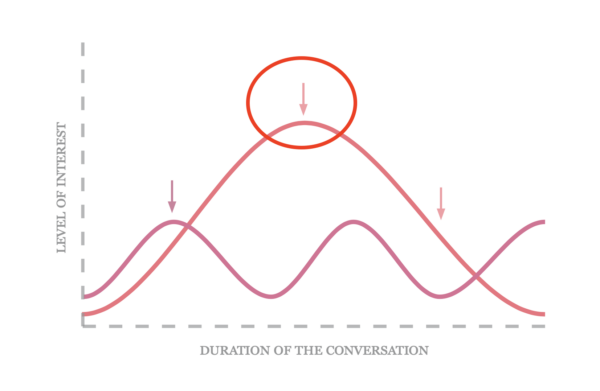
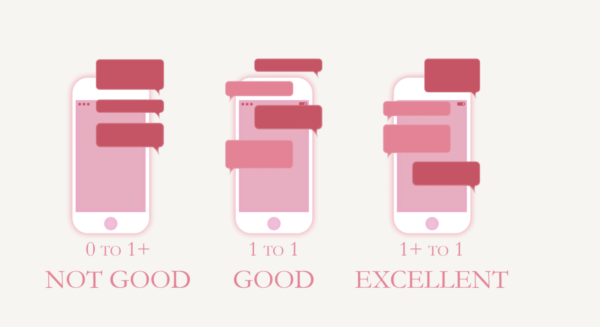
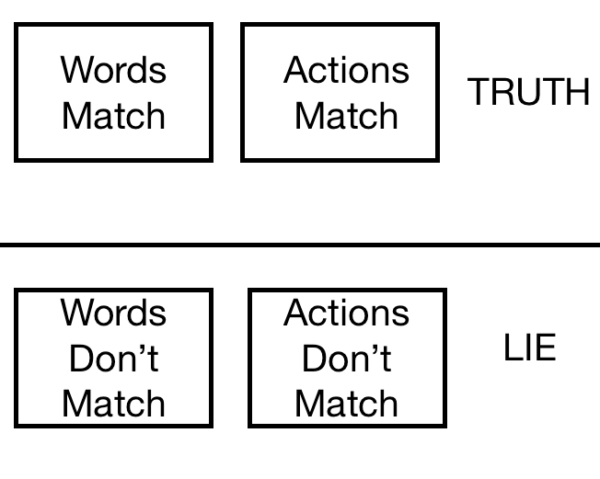
Hin
June 9, 2023 at 8:50 pm
What if you were climbing the value ladder and then because your ex stopped messaging because he thought ye were engaging too much? Like it’s been a week neither of us have initiated convo again. Should I wait to see if he does? Or should I try reach out again and start from scratch if he does respond?
Coach Shaunna
November 12, 2023 at 7:09 am
Hi Hin, allow 10 days if your ex has told you that you are in touch too often, then reach out again. I would suggest that you are possibly moving up the value chain too fast FOR YOUR EX and need to take things a little slower.